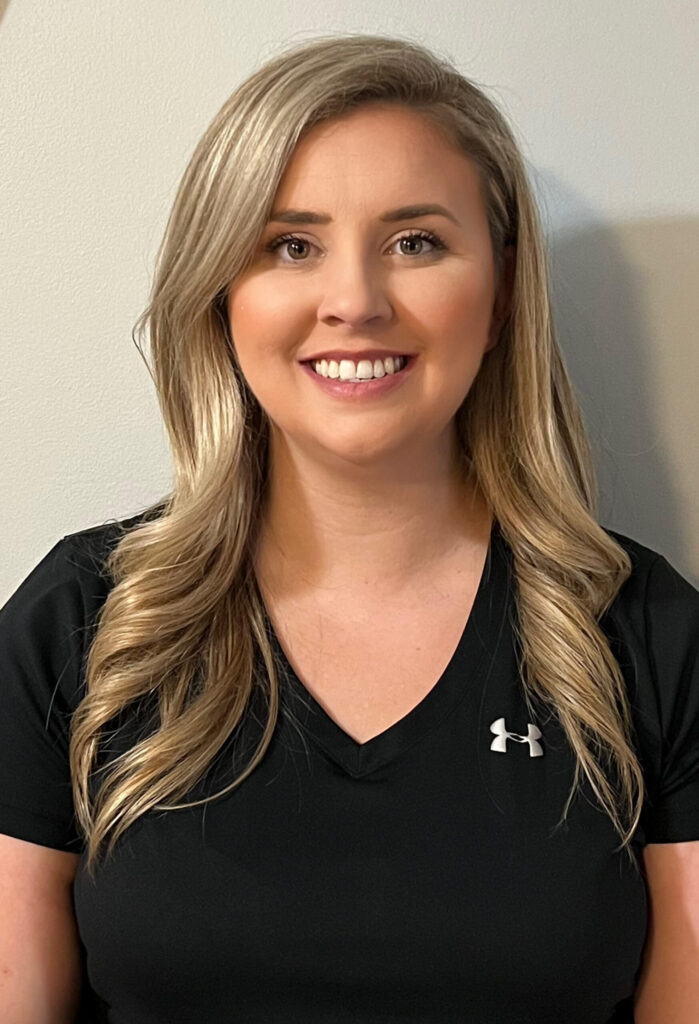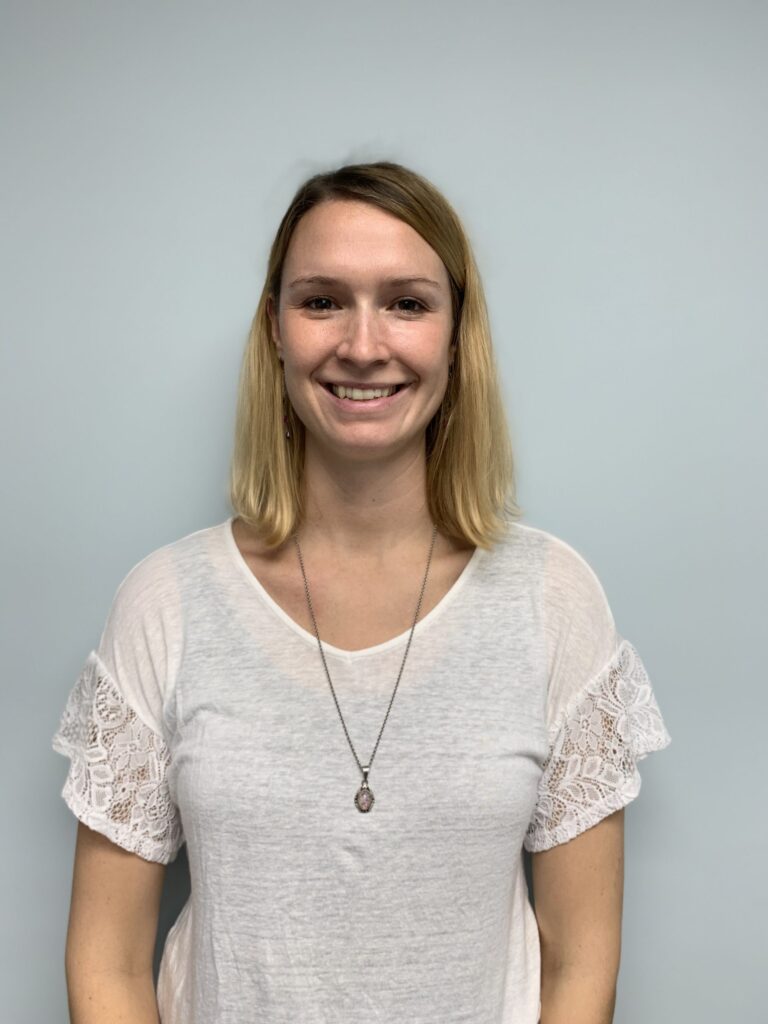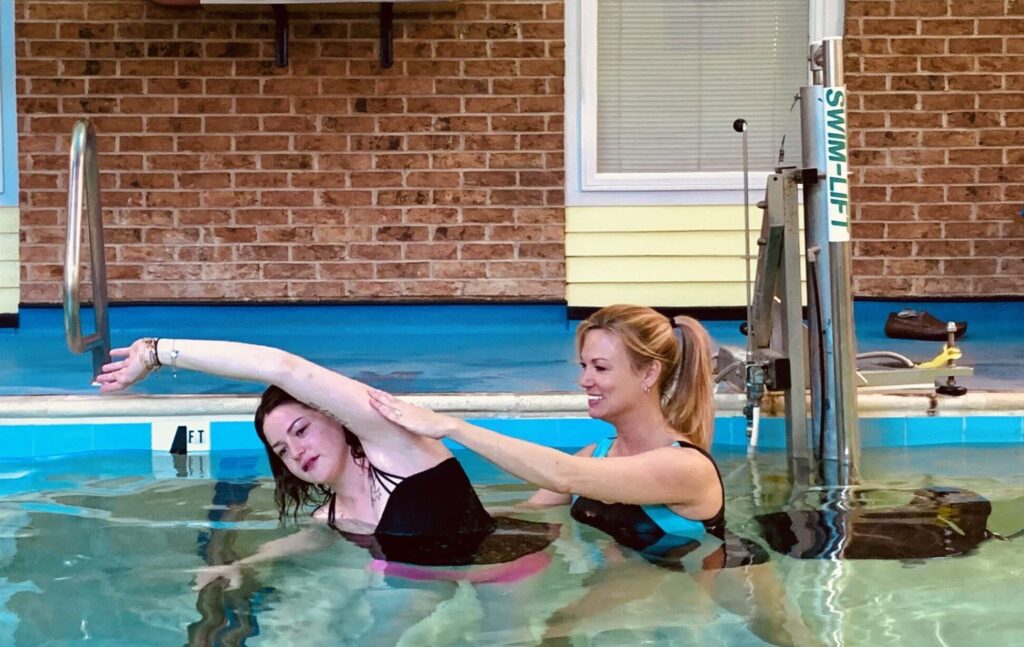
Changing lives through play-based physical therapy

By Donna Temple, PT, Aquacare – Millville
When I tell people I am a pediatric physical therapist, they usually give me a confused look and ask, “Children need PT?”
I explain that as children we all learn to move and gain mobility to explore and learn. It’s what happens right?
Children learn to roll, sit, crawl, walk, run, jump, and get into everything! However, some children have issues that prevent this from occurring and it can affect their total development and level of independence. Depending on the diagnosis, these challenges can be temporary or ongoing.
As a pediatric physical therapist for more than 30 years, I have seen children make amazing progress through play-based physical therapy. It is so rewarding to see.
The goal of pediatric physical therapy is to help children reach their maximum level of independence. At Aquacare, we have the benefit of being able to provide both gym-based and aquatic play-based therapy to help children reach this goal.
In the gym, we use play to help children gain strength, and flexibility, improve coordination, reach motor milestones, and improve independent mobility. We can customize their exercise plan based on the child’s needs and abilities, using equipment such as physio balls, resistance bands, treadmills, and of course, toys!
We strive to use play to achieve therapeutic goals. And, by using play, children often feel like they are playing and not having therapy.
It is play with a purpose.
Aquatic therapy helps children with impairments
Aquatic therapy can help children with any type of clinical impairment, but it is ideal for children who have abnormal muscle tone due to conditions such as cerebral palsy, spina bifida, or muscular dystrophy. The principles of hydrodynamics affect physiological changes and can either calm or alert the nervous system based on the techniques used by the therapist.
Different positions are used to promote relaxation, stretching, range of motion, proprioception or body awareness, and strengthening. Exercises can include the use of pool noodles or barbells, playing with balls, upper and lower extremity movement using the resistance of the water for strengthening, wall walking and wall push offs.
As in the gym, the therapist incorporates games, play, and toys to keep the child engaged and motivated.
Both aquatic and gym therapy can be immensely beneficial and help children learn new skills while providing a fun, engaging, and safe environment. The end goal is to improve functional skills in the child’s everyday life.
If your child or a child you know is having issues with functional mobility, the team at Aquacare can help. Call 302-539-3110 to schedule an appointment or go to www.aquacarephysicaltherapy.com.
Donna Temple, PT, is a physical therapist at Aquacare – Millville. She has more than 30 years of experience as a physical therapist and specializes in pediatrics. She is a graduate of Temple University in Philadelphia. She has worked at Magee Rehabilitation Hospital in the spinal cord injury and outpatient orthopedic units. She then transitioned to pediatrics and specialized in early intervention from birth to three years old. She enjoys helping infants and children gain functional movement so that they can thrive and learn, reaching their maximum potential. She sees pediatric patients and works with adults who have balance and strength issues. In addition, she is certified in and has developed a passion for using LSVT, a proven protocol for Parkinson’s Disease that has shown great success in helping keep or regain mobility and independence. If you are a physical therapist looking for a new adventure, Aquacare is hiring: www.aquacarephysicaltherapy.com/careers.











